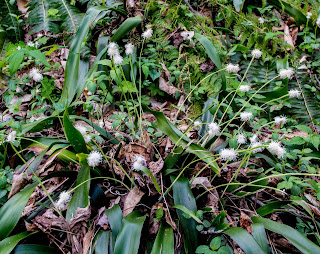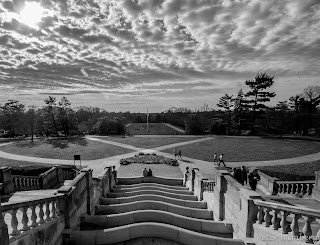Seasonal Floral Displays
Planning your floral display with annuals is a good landscape investment because they’re so versatile, colorful, produce quick results and are relatively inexpensive. These dependable single-season flowers hit the ground running and provide a spectacular and easy show all season long. The choices in size, color and growth habit are vast. Some work well as edging plants. Others are best used in planters or window boxes. The majority are useful as bedding plants for mass effects. Because annuals live only one season, and they have no permanent roots from which to grow the next year, they perpetuate their kind through heavy seed production. To produce lots of seeds, they must produce many flowers. If those flowers are cut before the seeds can form, the plant tries again and again in an effort to make up the loss. The more you cut an annual, the more it blooms - it’s like having your cake and eating it too!

Some popular annuals that you may want to consider for your landscape include impatiens, zinnia, marigold, petunia, nasturtium, alyssum, aster, morning glory, portulaca, snapdragon and sweet pea. With the right planning, good soil, plenty of water and room to flourish, an annual flower display on your property will be a sight to behold.
DON'T FORGET ABOUT BULBS
Colorful blooms from bulbs are always a sight for sore eyes after a cold, gray winter. Spring-flowering bulbs of all kinds are a major contributor to year-round color in any landscape. Crocus, daffodil, tulip and hyacinth are all great choices.
Feel free to give us a call to learn more about floral displays. We're here to help!
Controlling Crabgrass
Lurking just below the surface of your lawn is an invisible menace that is just waiting for the right time to make its presence known. While we don't usually think of crabgrass as a comic book caliber super villain, it can nevertheless wreak havoc on your lawn.
Crabgrass is incredibly hearty and actually thrives in conditions where turfgrass struggles. Millions of crabgrass seeds can lay dormant for years, waiting to emerge until conditions are favorable. Since crabgrass prefers hot, dry weather, it has the upper hand against your turf during the dog days of summer.
By the time you see crabgrass, the large-scale invasion is already underway. The best preventative measure you can take is a pre-emergent treatment early in the year. A well-timed herbicide application can stop most crabgrass before it has a chance to take hold. During the growing season, the best way to keep crabgrass subdued is to provide your lawn with enough food and water to make it a viable competitor. Crabgrass is a formidable adversary, but it is not invincible.
| 






















